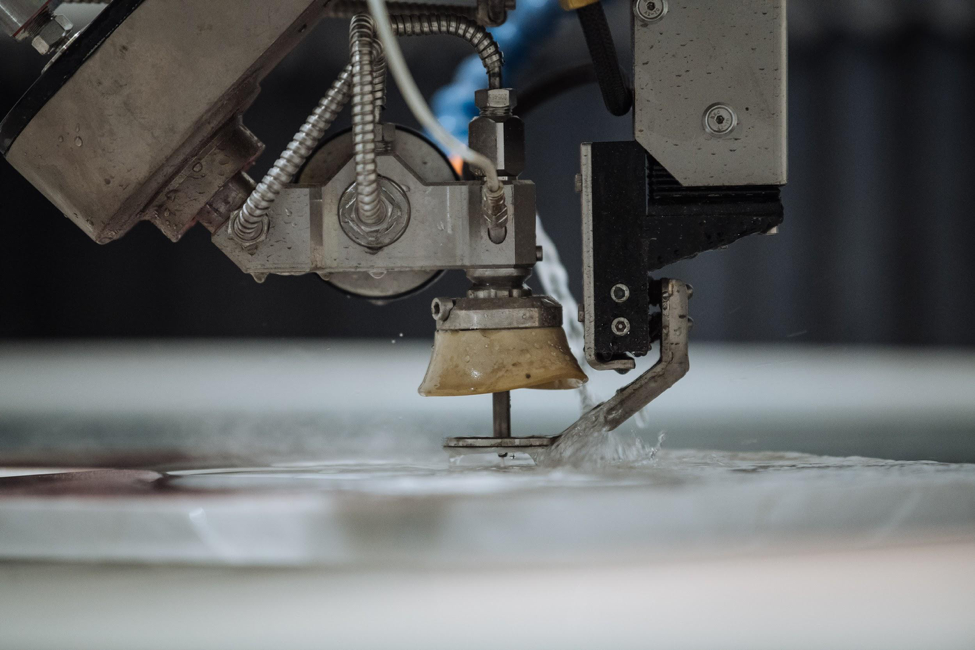Smart water management: The key to a secure manufacturing future
The precious liquid of life isn’t just a necessity for all living beings – it’s a must for manufacturing. From ensuring tools stay cool to clearing particles away from smooth surfaces, the function of this essential fluid is all-important; especially for the Australian industry.
Although 2020 has put a spotlight on the value of advanced manufacturing, droughts and water shortages pose a threat to its prosperity. The projected future of Australian water places H2O as an even more precious resource in years to come – which is why U.S and Chinese investors are paying close attention.
Add to that the United Nations’ forecast that by 2025, 1.8 billion people will be living in water scarce regions or countries, and a bleak picture of water supply begins to form.
The question is, how likely is this to pan out, and where does water management in the Australian manufacturing sector currently stand?
Water in the workshop: the current situation
Managing water efficiently can be a patchy priority across the manufacturing sector. Many fabricators don’t initially see the long-term benefits of investing in an optimised system – although some have made a start with centrifugal systems.
These systems work like a top-loading washing machine, using an internal and external filtration tank that pushes all of the sludge outwards, leaving clarified water behind. Once done, all the fluid is drained out and sent back to the machine – if not poured into a pit.
Costs for this kind of technology are anywhere between $15,000 – $30,000, an seemingly alluring price point for manufacturers. Most of the liquid is recycled at the end of this process; however, the relatively crude system means that there are inefficiencies and losses, both in time and in the clarification process – particularly with larger volumes.
This is highlighted within the glass industry, which uses more water than any other manufacturing sector. At roughly 3000 L/m, it’s no secret that huge volumes go into glass processing; yet, most Australian companies are leaking profits through poor water management and inadequate clarification equipment.
By contrast, roughly 800 L/m is being processed by the average stonemason shop. At over 3 times less than the glass gush, it’s a smaller footprint by far. Even at this scale, future-focused firms are taking note of what better water management means for their business and acquiring assets that help lower costs, securing their continued progress.
Case study: Ideal Stone’s secure setup
“We probably wouldn’t be allowed to run fresh water through our machines with the amount of water we use in our manufacturing”, says our client, Lee Coles.
As co-founder of Ideal Stone, his South Australian facility has been dedicated to efficient manufacturing since its inception in 2007. With water management key to the firm’s continued operations, the state’s tough water conditions haven’t interrupted their production flow in the least. Having invested in a closed-loop clarification system similar to our ITALMECC Bluecomb Llamellar System, they’ve been able to produce quality custom stone benchtops, vanities, and kitchen products without worry.
Thanks to this setup, hundreds of litres of water course through the enclosed cycle, which collects particles of material at its base. These manufacturing by-products are periodically ejected as dry bricks, leaving only clarified, clean water behind to be reused for machining.
A CMS Brembana Easyline Waterjet is the other part of Ideal Stone’s optimised rig. The machine is fitted with a Greenjet pump – CMS owned technology which uses two thirds of the power of a traditional direct drive pump, two thirds of the maintenance time, and two thirds of consumables while generating significantly faster speed. The efficiency of this machine alone has afforded our Stone client a 70-80% growth in porcelain, with lower overall operating costs across the board.
Ideal Stone can comfortably continue to manufacture 30-40 stone benchtops per week, along with a whole host of other stone products. Paired with their water clarification syste m, long-term costs have been dramatically lowered throughout their stone operation, resulting in excellent ROI. Having seen the value of investing in efficient Stone technology over a decade ago, the Adelaide-based fabricator continues to operate without interruption from external factors.
If the rest of Australian manufacturing is to catch up, the time to get serious about water management strategies is now. We’d love to see an even stronger local industry form, and are here to help it come to life. If you’d like to secure your water future this summer, feel free to contact our technical experts and discuss your options with our team. There is no initial cost, and nothing to lose by enquiring!





